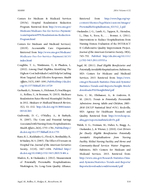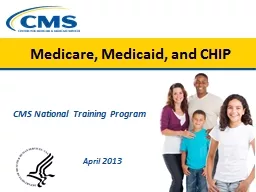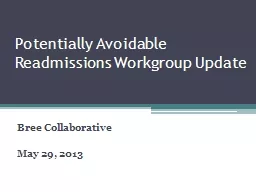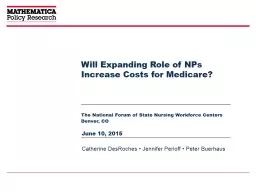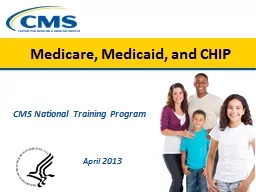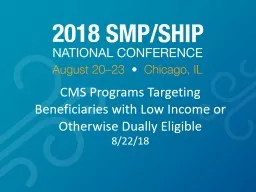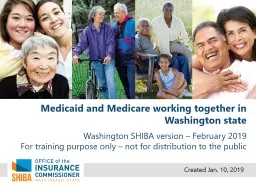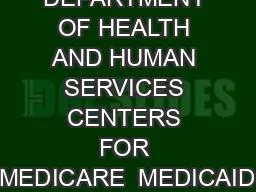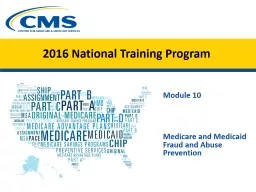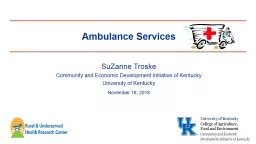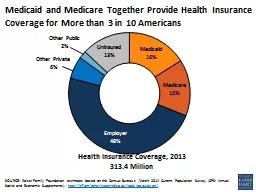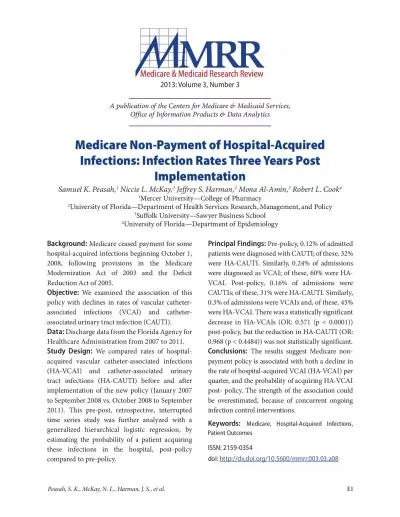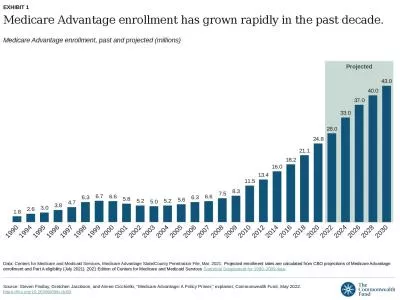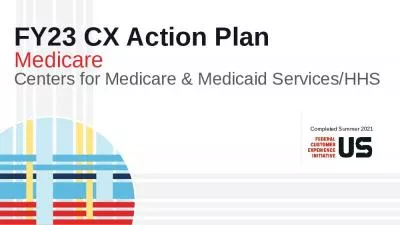PDF-Volume Number A publication of the Centers for Medicare Medicaid Services Office of
Author : phoebe-click | Published Date : 2015-02-20
Potentially avoidable hospitalizations are particularly common among fullbenefit dual eligible beneficiaries This paper examines potentially avoidable hospitalizations
Presentation Embed Code
Download Presentation
Download Presentation The PPT/PDF document "Volume Number A publication of the Cen..." is the property of its rightful owner. Permission is granted to download and print the materials on this website for personal, non-commercial use only, and to display it on your personal computer provided you do not modify the materials and that you retain all copyright notices contained in the materials. By downloading content from our website, you accept the terms of this agreement.
Volume Number A publication of the Centers for Medicare Medicaid Services Office of: Transcript
Download Rules Of Document
"Volume Number A publication of the Centers for Medicare Medicaid Services Office of"The content belongs to its owner. You may download and print it for personal use, without modification, and keep all copyright notices. By downloading, you agree to these terms.
Related Documents

